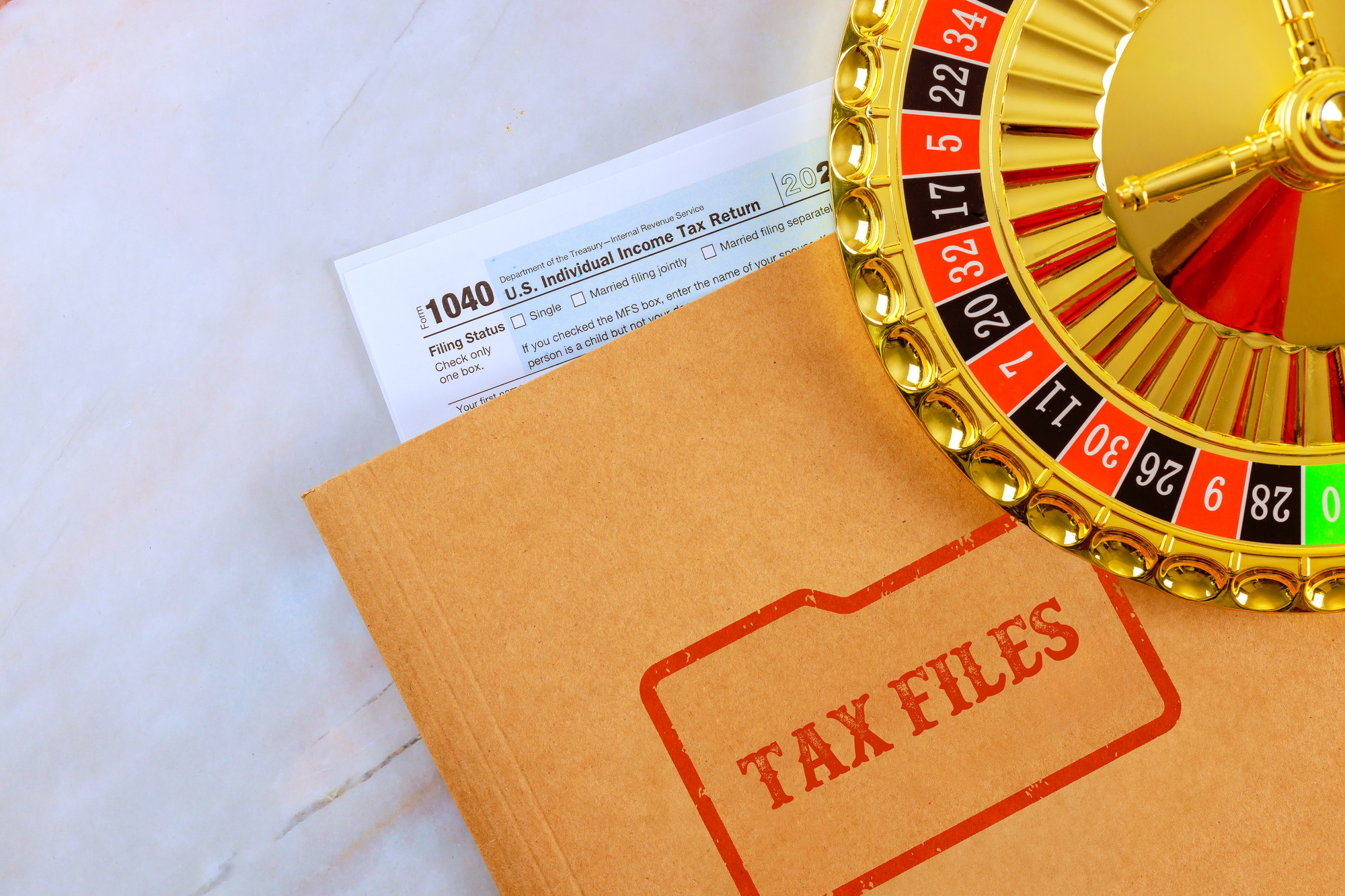The Role of Gamification in Building Brand Loyalty: Case Studies and Strategies
In recent years, gamification has emerged as a powerful tool in brand loyalty programs. By incorporating elements of game mechanics—such as points, challenges, leaderboards, and rewards—into non-game contexts, businesses can increase customer engagement, enhance experiences, and foster long-term loyalty. Gamification taps into human psychology, particularly the innate desire for achievement, competition, and recognition, to drive continued interaction with a brand.
For companies looking to retain and engage customers, gamification provides an innovative way to create memorable experiences while ensuring sustained brand loyalty. In this article, we’ll explore the role of gamification in building loyalty, examine some successful case studies, and offer strategies for implementing gamified loyalty programs.
What is Gamification?
Gamification refers to the use of game-like elements in non-game environments to motivate and engage users. These elements can include:
Points and Levels: Rewarding users with points that accumulate over time and allow them to level up or unlock new benefits.
Challenges and Missions: Providing tasks or objectives that users must complete to earn rewards, fostering a sense of achievement.
Leaderboards: Displaying rankings to encourage friendly competition among users.
Badges and Achievements: Offering digital recognition for completing specific tasks or milestones.
Progress Bars: Visually showing users how close they are to achieving a reward or goal.
By creating a fun, engaging environment with these elements, gamification helps businesses incentivize customers to interact more frequently with their products or services. Over time, these interactions lead to deeper customer loyalty.
Why Gamification Drives Loyalty
Increased Engagement
Gamification transforms mundane tasks or purchases into enjoyable and interactive experiences. When customers feel motivated to engage with a brand regularly to earn points or rewards, they are more likely to return. This continual engagement fosters loyalty, as customers want to keep playing the game to unlock more rewards and levels.
Sense of Achievement
People love to feel accomplished. Whether it’s earning points, achieving milestones, or ranking on a leaderboard, gamification allows customers to track their progress and celebrate their achievements. This sense of progress is crucial in maintaining interest in a brand. Customers who feel a sense of accomplishment are more likely to stick with the brand over time, knowing they are “winning” by engaging with it.
Community Building
Gamification often involves social components such as leaderboards and challenges that encourage customers to compete with or collaborate with others. This not only enhances engagement but also fosters a sense of community among users. Customers who feel part of a community are more likely to stay loyal to a brand because they feel a sense of belonging and camaraderie.
Behavioral Reinforcement
Gamification capitalizes on the principle of positive reinforcement. When customers complete tasks and are rewarded for their behavior (whether through points, discounts, or exclusive access), they are more likely to repeat the behavior in the future. This reinforcement increases the chances of customer retention and brand loyalty.
Successful Case Studies of Gamified Loyalty Programs
Starbucks Rewards: A Pioneering Loyalty Program
Starbucks Rewards is one of the most well-known examples of gamification in loyalty programs. Customers earn “Stars” with every purchase, which can be used to unlock free drinks, food, and other rewards. The program also includes various levels of membership, allowing users to earn more Stars per dollar spent as they advance to higher levels. Starbucks uses progress bars to show customers how close they are to reaching their next reward, adding a sense of excitement and anticipation.
Additionally, Starbucks often runs challenges where customers can earn extra Stars by completing specific missions, such as trying a new drink or visiting multiple locations in a week. These gamified elements have successfully increased customer engagement and retention, as members actively participate in the program to reach their goals.
Nike Training Club: Turning Fitness into a Game
Nike has successfully incorporated gamification into its training app, Nike Training Club, which offers users access to personalized workout plans and fitness routines. Users can track their progress and earn badges for achieving specific milestones, such as completing a certain number of workouts or hitting a target goal. The app features a leaderboard system where users can see how they stack up against friends or other app users, adding a competitive element to the fitness journey.
In addition to fitness achievements, Nike has partnered with other brands and occasionally runs special challenges with exclusive rewards. By gamifying the fitness experience, Nike encourages users to keep coming back to the app and stay motivated to reach their fitness goals. This strengthens customer loyalty to the brand, as users associate Nike with not just high-quality athletic wear but also with personal growth and achievement.
Duolingo: Gamifying Language Learning
Duolingo, a popular language-learning platform, is a stellar example of gamification in education. The app incorporates traditional game elements such as points, levels, and streaks to encourage users to complete lessons and practice consistently. Users earn Lingots (the app’s in-game currency) for completing exercises, and they can use these Lingots to buy bonus lessons or features. Duolingo also uses daily streaks to motivate users to practice every day, reinforcing positive behavior.
The app includes a leaderboard that ranks users based on their progress, creating a sense of friendly competition. Duolingo’s gamified approach has led to high user engagement, as learners enjoy the interactive and rewarding nature of the platform. This sustained engagement has helped Duolingo cultivate a loyal user base, many of whom stick with the app over time due to the rewarding and fun experience.
Sephora Beauty Insider: Points, Rewards, and Personalization
Sephora’s Beauty Insider program is a well-known example of gamification in retail. Customers earn points for every purchase, which can be redeemed for beauty products, samples, and exclusive offers. The program also features tiered membership levels (Beauty Insider, VIB, and Rouge), with each level offering additional benefits, such as access to special events and early product releases.
To enhance the gamified experience, Sephora regularly runs promotional events and challenges where customers can earn extra points or unlock unique rewards. For example, Sephora offers bonus point events or limited-time challenges where customers can earn rewards for purchasing specific products or completing tasks like reviewing products online. This gamified approach keeps customers engaged, encourages more frequent purchases, and builds loyalty through personalized rewards.
McDonald’s Monopoly Game: A Seasonal Gamified Promotion
McDonald’s has run its annual Monopoly game promotion for decades, turning a standard visit to a fast-food restaurant into a treasure hunt. For a limited time each year, customers receive Monopoly game pieces with their purchases, which can be collected to earn prizes ranging from food discounts to cars and vacations. The excitement of collecting pieces and the potential to win big creates a sense of urgency, making customers return to McDonald’s more frequently during the promotion period.
The gamified nature of the Monopoly game has made it an incredibly successful loyalty tool for McDonald’s, driving traffic to the restaurants and keeping customers engaged. It has become a cultural phenomenon in many regions, with loyal fans eagerly awaiting the game’s return each year.
Strategies for Implementing Gamification in Loyalty Programs
Define Clear Objectives and Goals
Start by identifying what you want to achieve with your gamified loyalty program. Is it increased customer engagement, repeat purchases, or improved brand awareness? Setting clear goals will help guide the design and structure of your gamified program.
Incorporate Meaningful Rewards
Ensure the rewards offered are valuable to your customers. Whether it’s exclusive discounts, early access to products, or experiential rewards, make sure your incentives align with customer interests and desires. If the rewards are not meaningful or desirable, users won’t be motivated to participate in the gamification.
Make It Social
Encourage social sharing and competition within your gamified program. Features like leaderboards, social media sharing, and friend referrals can increase engagement and encourage customers to interact with your brand and with one another. Social elements foster a sense of community and motivate users to continue engaging.
Introduce Challenges and Progress Tracking
Challenges and missions provide customers with short-term goals to work toward, which can enhance engagement. Additionally, using progress bars or tracking tools lets customers visualize their journey, making them more invested in completing tasks and earning rewards.
Ensure Simplicity and Accessibility
While gamification can be fun, it’s important that the experience is easy to understand and accessible. Complicated systems or overly complex rules may deter customers from participating. Keep the experience simple and intuitive to ensure maximum participation.
Conclusion: Gamification’s Role in Long-Term Loyalty
Gamification is more than just a trend—it’s a powerful tool for fostering lasting customer loyalty. By offering fun, interactive experiences that incentivize continued engagement, brands can turn one-time buyers into repeat customers and transform brand interactions into enjoyable and rewarding experiences. Through the use of points, challenges, leaderboards, and meaningful rewards, gamification taps into customers’ intrinsic motivation, making them more likely to stay loyal to a brand.
By learning from successful examples like Starbucks, Nike, Duolingo, Sephora, and McDonald’s, businesses can craft gamified loyalty programs that drive customer engagement, improve retention, and ultimately, strengthen brand loyalty. Gamification is the future of customer loyalty, and businesses that adopt it strategically are likely to enjoy sustained success in an increasingly competitive market.



I appreciate the focus on helping regional banks specifically. Often, the advice out there is geared towards larger institutions and doesn’t address the specific constraints and opportunities that regional banks face. I think exploring strategies like M&A to achieve operational scale and offset regulatory compliance costs is critical for these banks.